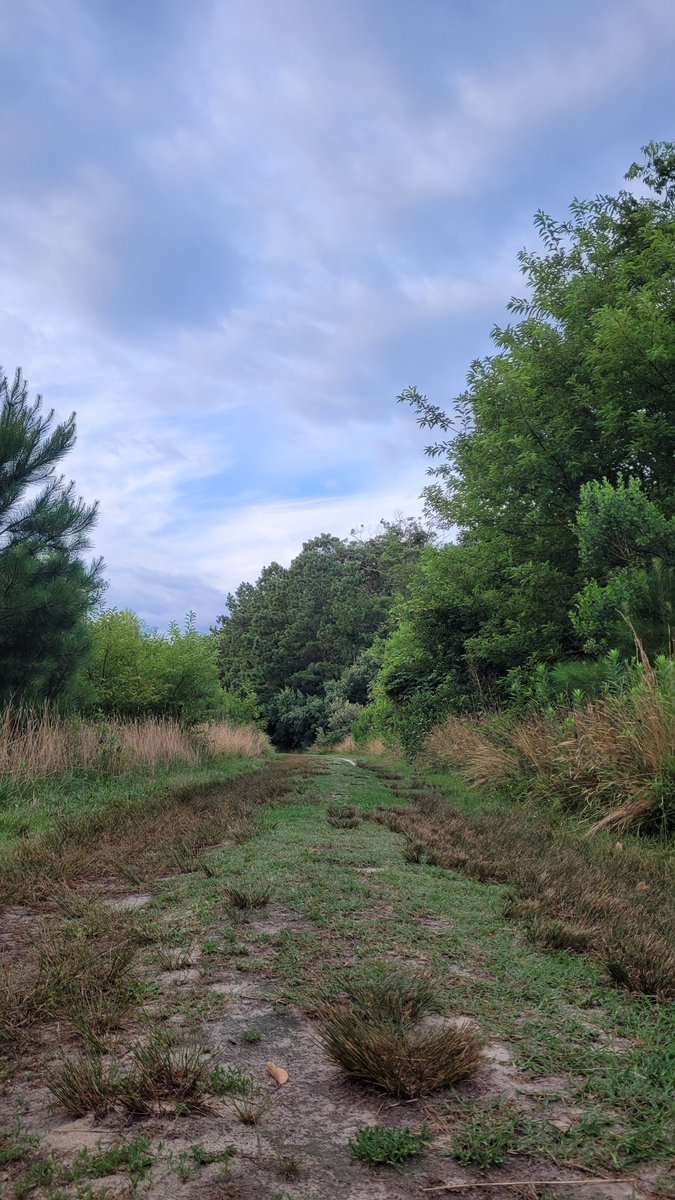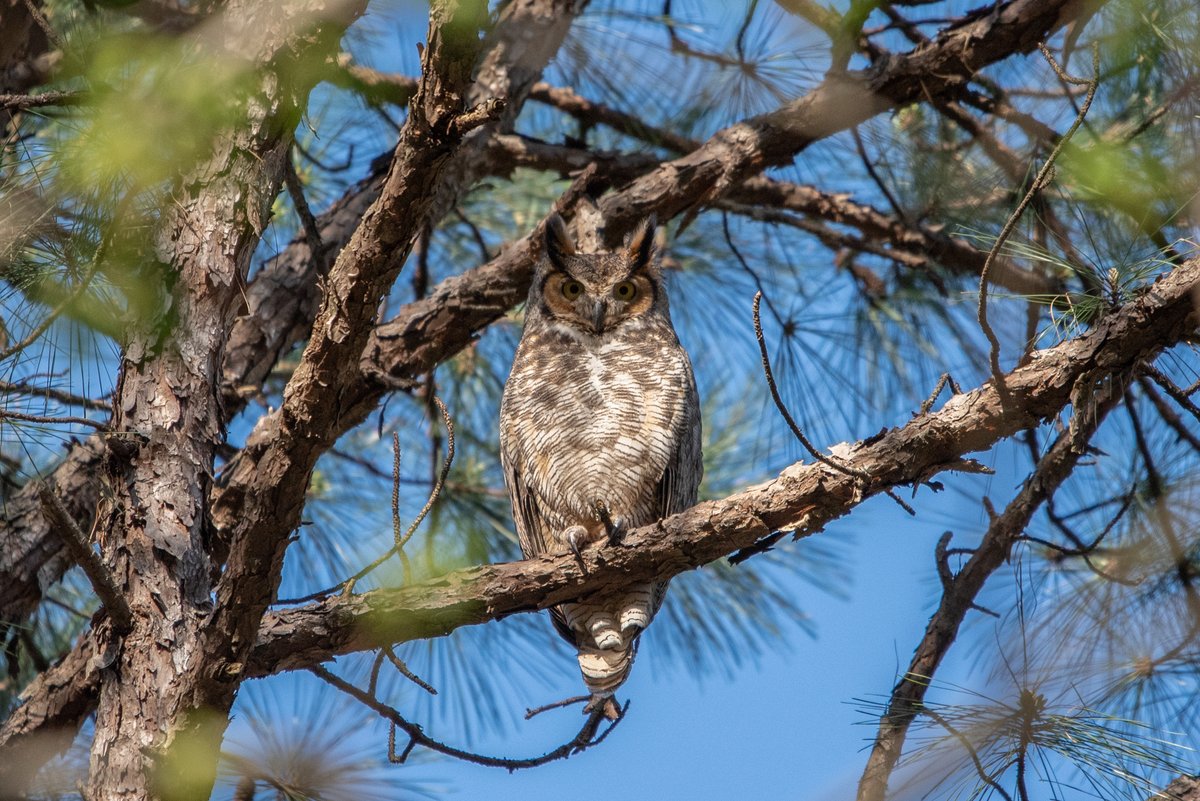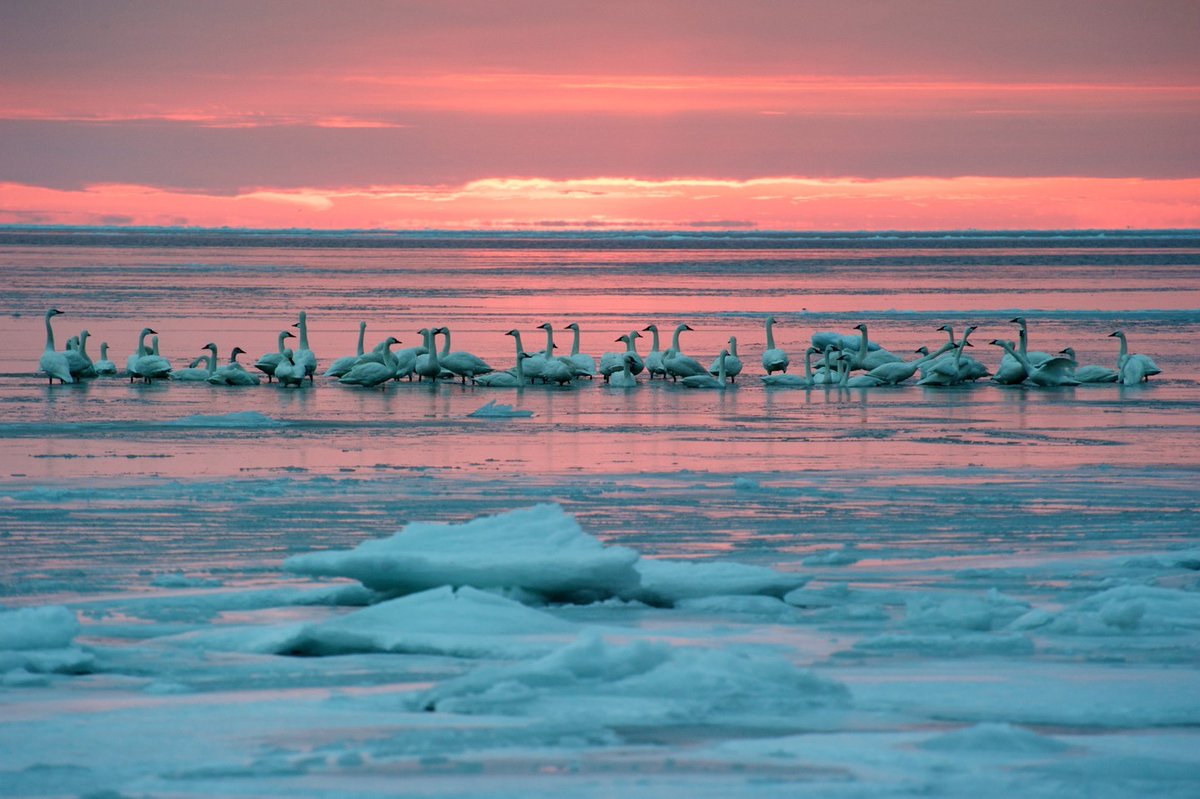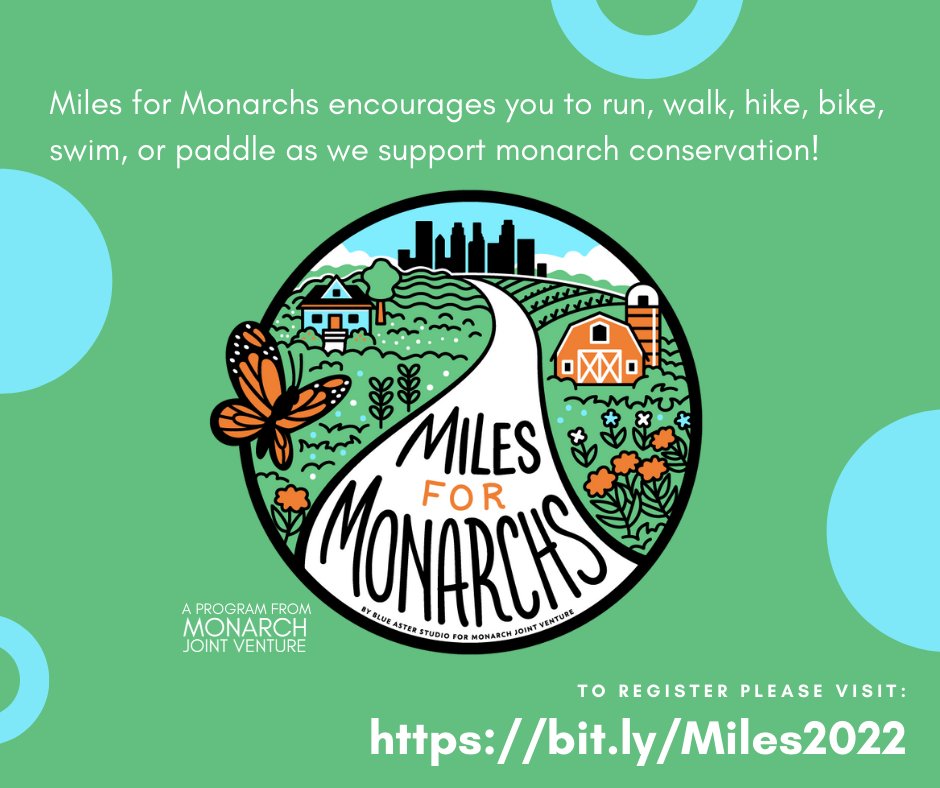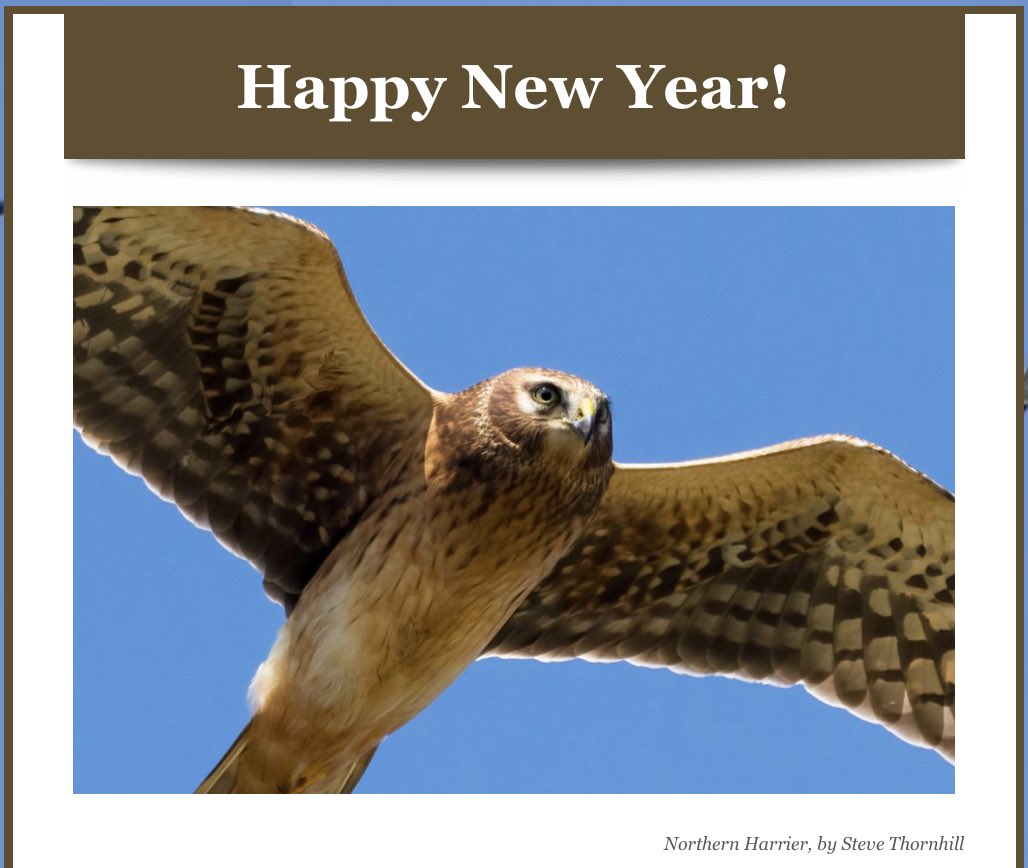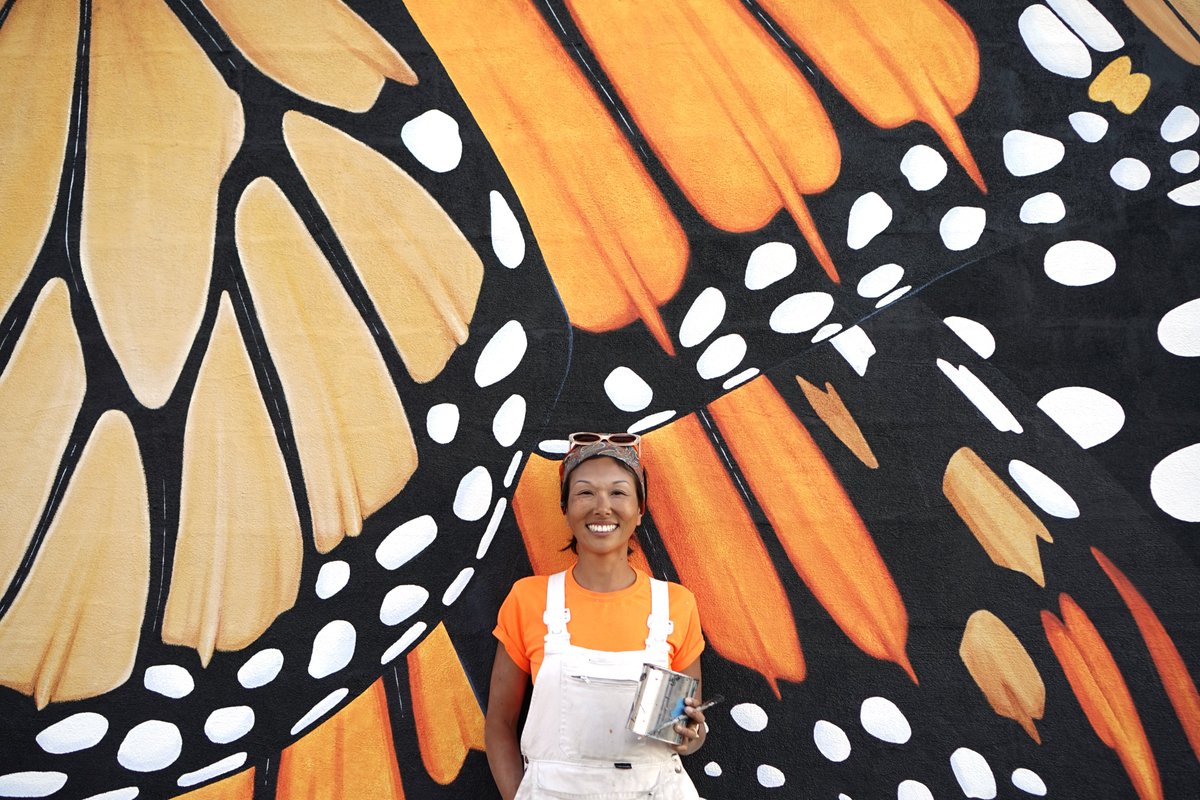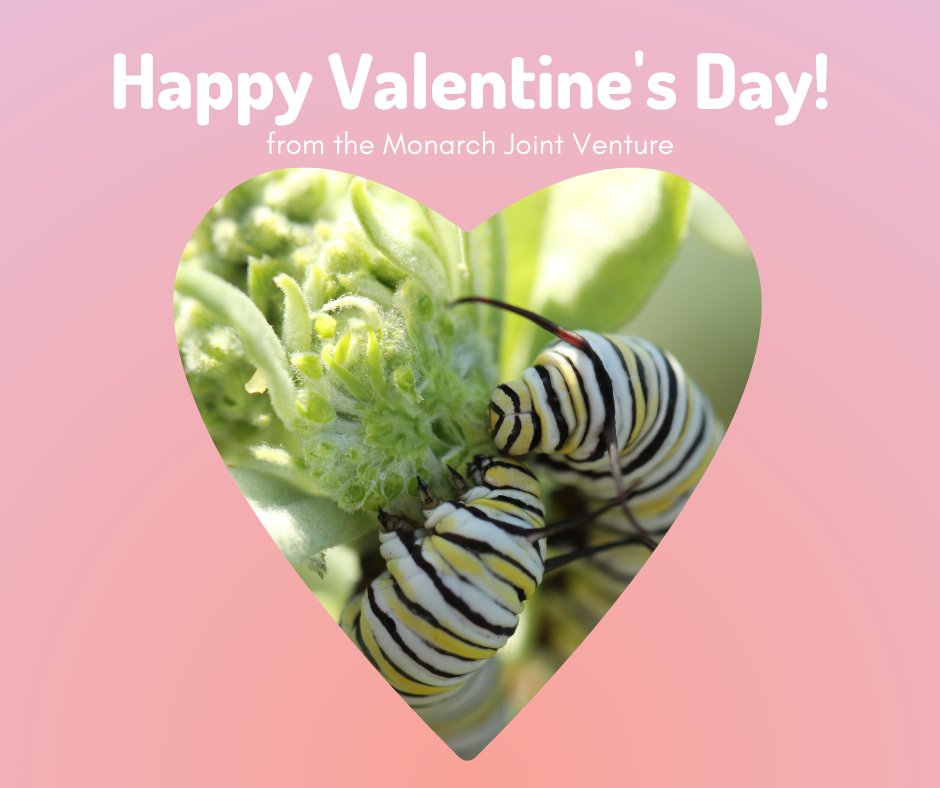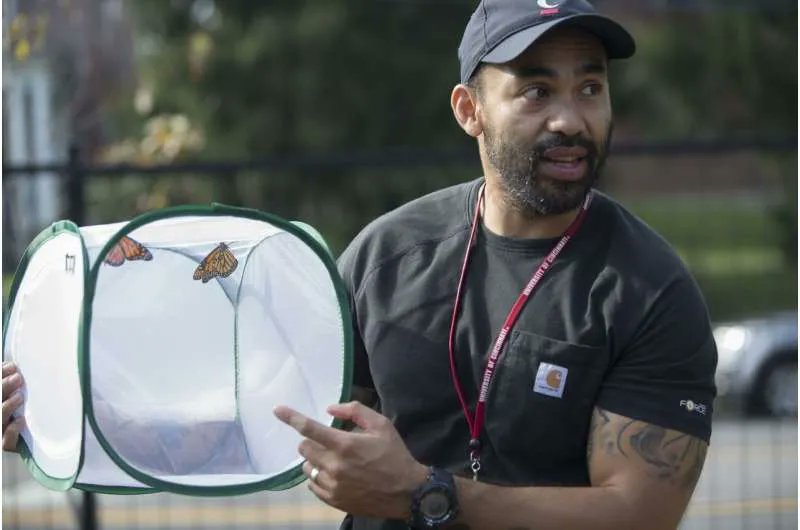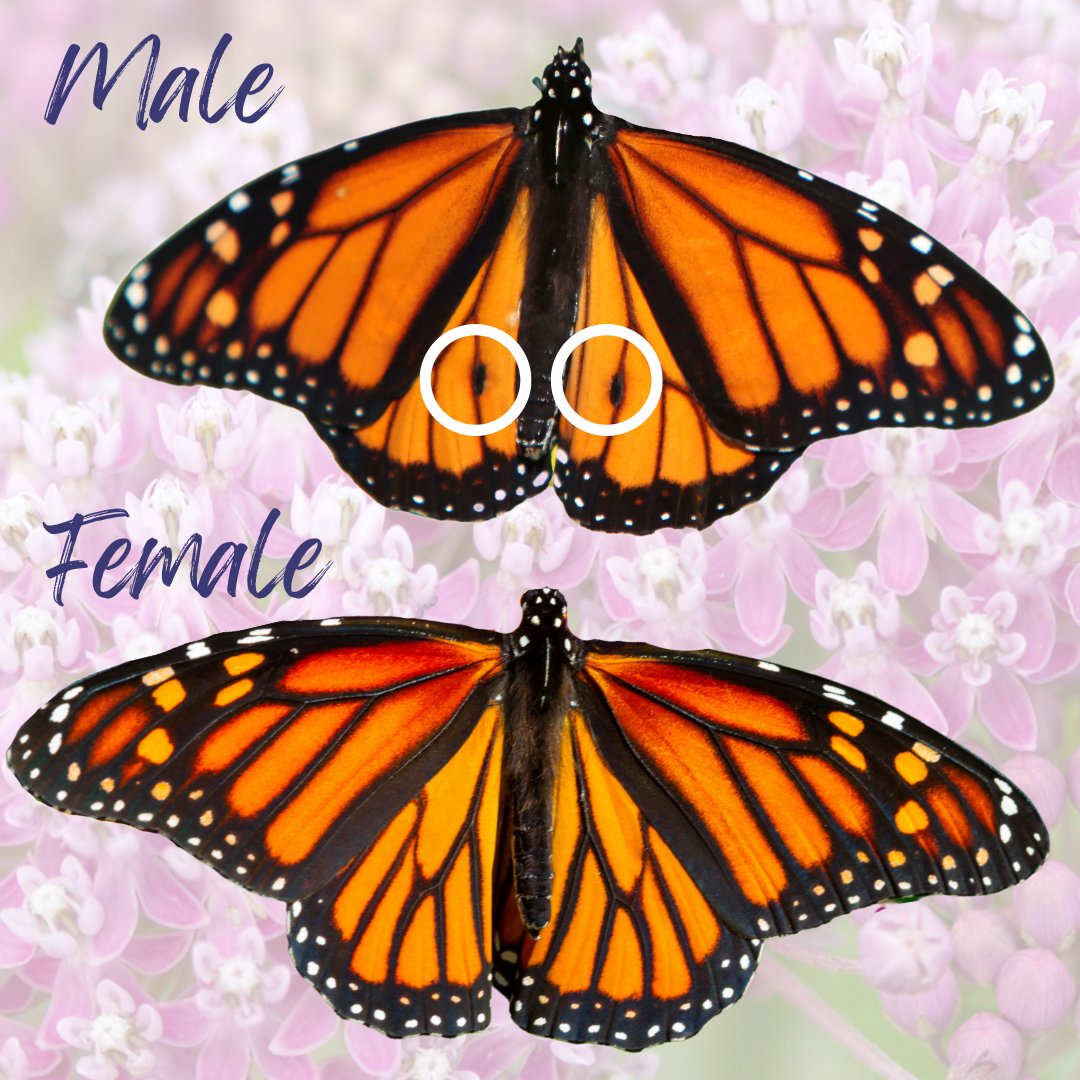
Coastal Virginia Wildlife Observatory
@cvwobservatory
CVWO is a nonprofit educational organization founded in 1994 with a mission of "protecting wildlife through field research, education and habitat conservation.”
ID: 1029501711436705792
http://www.vawildliferesearch.org 14-08-2018 22:55:10
303 Tweet
97 Followers
224 Following



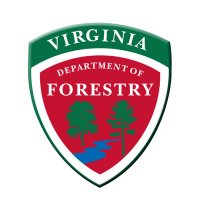


Increase in marine #Heatwaves threatens #coastal habitats; with continued warming, #ChesapeakeBay will suffer extreme heat for half the year by 2100: bit.ly/bayheatwaves Frontiers - Marine Science
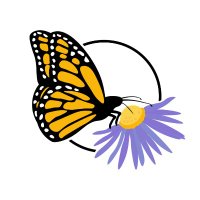




Many North American migratory birds are shrinking in size as temperatures have warmed over the past 40 years, according to new research. The study is the first to identify a direct link between cognition and animal response to human-made climate change. birdwatchingdaily.com/news/science/s…



CVWO, in conjunction with #Dunkadoo, #Kiptopeke State Park and Hawk Migration Association of North America, is sponsoring the One Million Hawk Contest to celebrate the One Millionth hawk to pass the Kiptopeke Hawkwatch this fall!! JOIN the fun CVWO.org





CVWO, in conjunction with #Dunkadoo, #Kiptopeke State Park and Hawk Migration Association of North America, is sponsoring the One Million Hawk Contest to celebrate the One Millionth hawk to pass the Kiptopeke Hawkwatch this fall!! JOIN the fun CVWO.org



